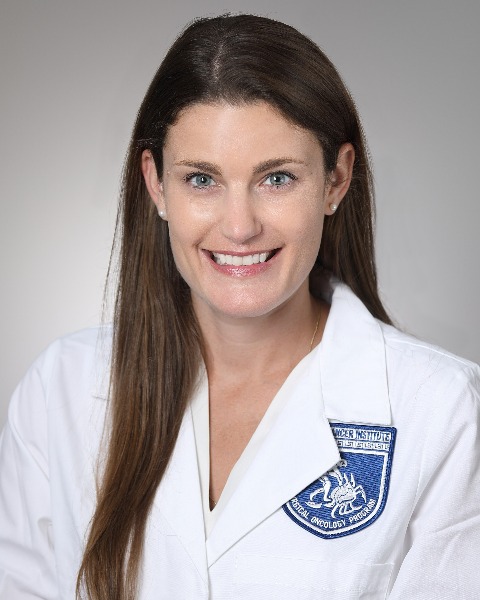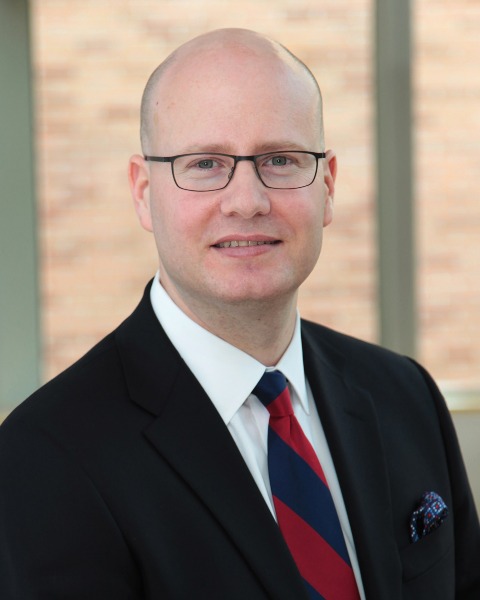Upper Gastrointestinal (lips to ileocecal valve, including esophagus and stomach)
E479: Clinicopathologic outcomes in individuals with gastric adenocarcinoma and proximal polyposis of the stomach (GAPPS)

Amber F. Gallanis, MD
Surgical Oncology Research Fellow
National Cancer Institute
Bethesda, Maryland, United States
Amber F. Gallanis, MD
Surgical Oncology Research Fellow
National Cancer Institute
Bethesda, Maryland, United States
Amber F. Gallanis, MD
Surgical Oncology Research Fellow
National Cancer Institute
Bethesda, Maryland, United States- CB
Cassidy R. Bowden, n/a
Post-baccalaureate researcher
National Cancer Institute, United States - SK
Sun Kim, MD
Faculty
Laboratory of Pathology, National Cancer Institute, United States - GF
Grace-Ann Fasaye, ScM
Geneticist
Genetics Branch, National Cancer Institute, United States - LK
Louis Korman, MD
Attending Clinician
National Institute of Diabetes and Digestive and Kidney Diseases, United States - TH
Theo Heller, MD
Professor
National Institute of Diabetes and Digestive and Kidney Diseases, United States 
Jeremy L. Davis, MD, FACS (he/him/his)
Principal Investigator
National Cancer Institute
Bethesda, Maryland, United States
ePoster Abstract Author(s)
Submitter(s)
Author(s)
Gastric adenocarcinoma and proximal polyposis of the stomach (GAPPS) is a rare hereditary gastric cancer syndrome causally linked to mutations in the promoter 1B region of the APC gene. Innumerable gastric polyps restricted to the body and fundus, in the absence of colorectal or duodenal polyposis, is diagnostic. We sought to characterize the clinicopathological features of this rare disease and propose treatment guidelines.
Methods:
We conducted a retrospective analysis of individuals with GAPPS enrolled in a single-institution natural history study. Demographics, gene variants, endoscopic and operative details were analyzed.
Results:
Between January 2017 and September 2023, 21 individuals from five families with GAPPS were investigated. Eleven (52%) of 21 patients were male, and the majority were non-Hispanic white (71%). Median age at time of genetic testing was 44 years (range 12-75 years) and all individuals had a pathogenic mutation in the APC promoter IB (c.30417T >C, n=20 and c.30417T >G, n=1). Upper endoscopies were performed in almost all patients (90%), with a median age of 37 years (range 12-75 years) at the time of initial endoscopy. Gastric polyps carpeting the fundus and body with antral sparing were noted in all individuals. Gastric adenocarcinoma (n=3), high-grade dysplasia (n=7), low-grade dysplasia (n=3) and benign fundic gland polyposis (n=6) were demonstrated on endoscopy. Forty-three percent (9/21) of patients underwent total gastrectomy (TG) with a median age of 44 at the time of operation (range 15-63 years). Histopathology of final gastrectomy specimens demonstrated more advanced pathology compared to endoscopic biopsies in 5 of 9 patients: benign polyposis to low-grade dysplasia (n=2), benign polyposis to high-grade dysplasia (n=1), low to high-grade dysplasia (n=1), and high-grade dysplasia to invasive adenocarcinoma (n=1). Two individuals were diagnosed with metastatic gastric adenocarcinoma at ages 40 and 45 and received systemic chemotherapy prior to their deaths at ages 43 and 46, respectively.
Conclusions:
GAPPS is a rare hereditary gastric cancer syndrome with a poorly defined natural history and high risk of malignant transformation. Total gastrectomy should be strongly considered for individuals with dysplastic gastric polyps given the challenge of effective endoscopic surveillance in the setting of extensive polyposis. Additional investigation is needed to develop consensus guidelines for the clinical management of GAPPS.
Learning Objectives:
- Upon completion, participants will be able to define the clinical features of Gastric adenocarcinoma and proximal polyposis of the stomach.
- Upon completion, participants will be able to understand the range of histopathologic features of GAPPS.
- Upon completion, participants will be able to provide treatment recommendations for individuals with GAPPS based on histopathologic findings.
